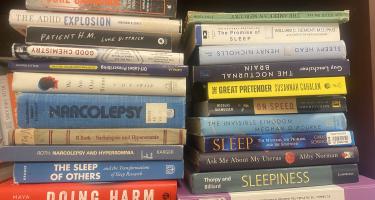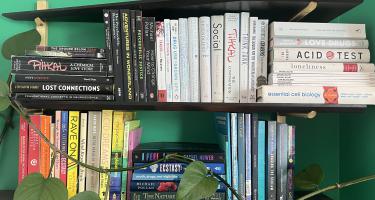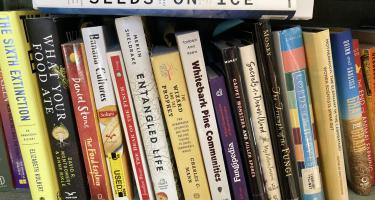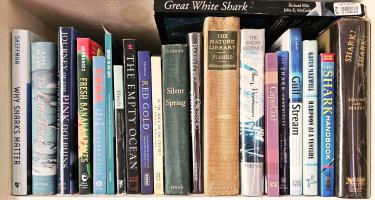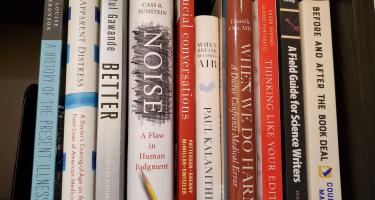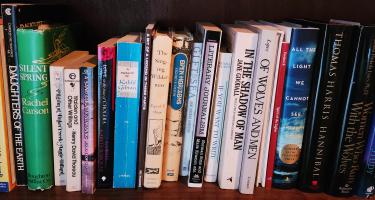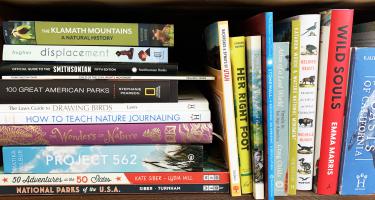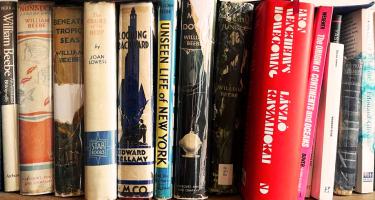
Brad Fox—The Bathysphere Book: Effects of the Luminous Ocean Depths
Bioluminescent fish like “stars gone mad.” A “marine monster,” 20 ft long, with no eyes or fins. In the 1930s, William Beebe documented never-seen-before ocean life from his bathysphere, a submersible steel ball with oxygen tanks and 8” windows that allowed him to explore ½ mile below the surface. In The Bathysphere Book: Effects of the Luminous Ocean Depths, Brad Fox chronicles Beebe’s life and times.
